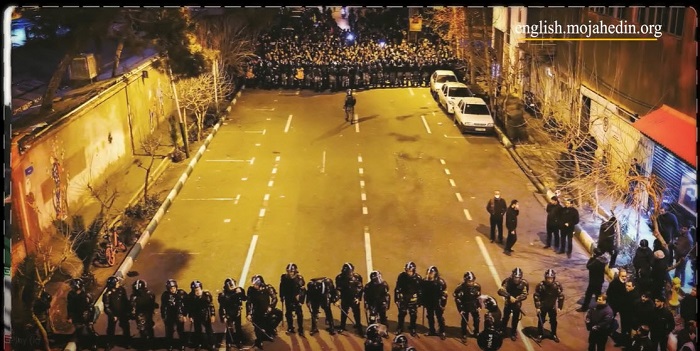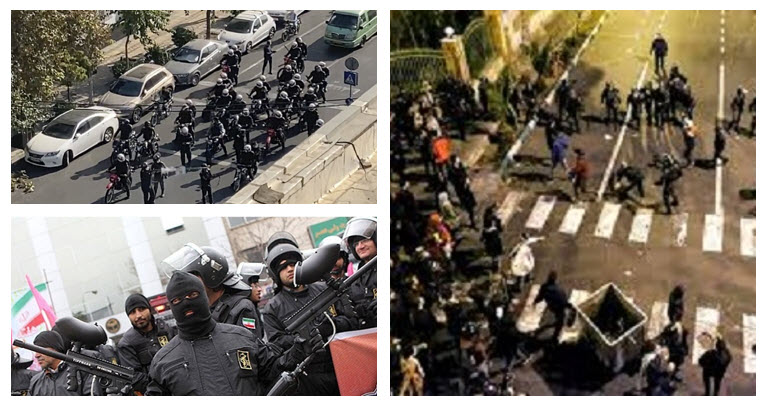
The Iranian regime’s structure of a military, totalitarian, authoritarian, and theocratic dictatorship has many oppressive apparatuses to control and suppress Iranian society’s ever-growing fury and conflict.
The Intelligence Organization of the Islamic Revolutionary Guard Corps (IRGC) is one of the most infamous and brutal organizations. It was founded in 2009 as one of the regime’s supreme leader Ali Khamenei’s initiatives in response to widespread protests against the fraudulent election at the time. The organization is at least as powerful as the regime’s Ministry of Intelligence (MOIS), if not more so. It is more active on the domestic front.
Prior to 2009, the IRGC’s intelligence branch employed approximately 2,000 people. Following 2009, the regime expanded this division, which is in charge of gathering and analyzing information from the wider Muslim world as well as targeting opposition groups and individuals. This IRGC security division reports directly to Khamenei’s personal office.

During its early years of operation, the IRGC Intelligence Organization targeted and suppressed national-religious activists such as Ezzatollah Sahabi and members of the Iranian Freedom Movement. In 2002, there was a second wave of attacks on political and civil activists.
Throughout the year, a diverse range of political activists has been arrested and imprisoned in the IRGC-controlled 2-Alef ward at Evin Prison. Inmates included student activists and bloggers. The third wave of arrests occurred during the 2009 elections. For the past 15 years, the IRGC has remained one of the most powerful repressive organizations. In 2015, as part of expanding the powers of the IRGC Intelligence Organization, this organization was established as the judicial police force under Article 29 of the Criminal Procedure Code.
The Judicial Commission of the parliament then changed Article 190 which states that ‘initial investigations of the accused without the presence of a lawyer are not valid’. This, too, was not approved by parliament and went into effect immediately. This gave this organization free rein to carry out its inhuman goals in order to protect the regime.

The IRGC has also raided the homes of numerous reporters and journalists, seizing their belongings, particularly communication devices such as mobile phones, and computers.
Many journalists, social and political activists, and regime opponents were arrested, tortured, imprisoned, arbitrarily killed, forcibly disappeared, and even executed in the years following the passage of this law. Navid Afkari, who was executed following the 2019 protests, is one such victim.
Reporters Without Borders (RSF) stated in a report published on October 14, 2022, that “with 41 journalists in prison, Iran is now the world’s third largest jailer of journalists.”
به شهادت رساندن جوان ایرانی توسط مزدور ولایی#مرگ بر اصل ولایت فقیه
این صحنه را ببینید همه این صحنه های فجیع کشتن جوانان بیگناه کار سپاه پاسداران است.#انحلال_سپاه_پاسداران#BlackListIRGC#قیام_تا_سرنگونی#مرگ_بر_ستمگر_چه_شاه_باشه_چه_رهبر#اعتراضات_سراسری pic.twitter.com/L0xRZBlsfy— sabrieh (@sabrieh5) December 4, 2022
According to a recent article, “since the beginning of 2023, authorities have arrested eight journalists and photographers for their journalistic activities.”
MEK Iran (follow us on Twitter and Facebook), Maryam Rajavi’s on her site, Twitter & Facebook, NCRI (Twitter & Facebook), and People’s Mojahedin Organization of Iran – MEK IRAN – YouTub

